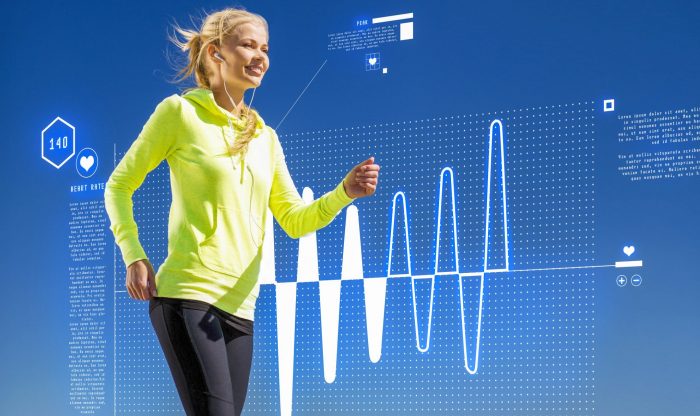By Michael E. Russell

The S&P rebounded with the biggest weekly increase since February. There have been some encouraging signs, specifically, that the Omicron variant may have less severe symptoms than the Delta variant.
A major concern is growing inflation. Fed Chairman Jerome Powell has radically changed his position on fiscal tightening. This is due to severe price increases that we have seen over the past 6 months.
This week, at the conclusion of the FOMC meeting, we will have a much clearer picture as to what the FED is thinking.
This past week all sectors of the market were higher. Tech and energy were the leaders, while discretionary and utilities did well also. These 2 sectors were up 2.5%
The U.S. Department of Labor reported initial jobless claims fell again. The numbers indicated almost full employment.
CPI data which measures the prices to consumers for goods is used as one measure of inflation. November numbers indicate a 0.8% on top of a 0.9% advance in October. These numbers are troublesome in that they are the highest in more than 40 years. For those of us that were around then, think about the years of the administration of Jimmy Carter. As a side note, I remember that the administration sold the Presidential yacht Sequoia for $60,000! I thought that the Treasury was down to its last $60,000.
What to expect for 2022
Wow! So many things to ponder. Putin-Ukraine, China-Taiwan, OPEC, Southern Border Immigration.
The energy sector will be one to focus on. Gas and oil prices are already up 50%.
Supply chain issues will still be in the forefront. Cargo ships are laying at or outside the port of Los Angeles; some have been there for more than 50 days. A shortage of chips, meat prices up 30%, vegetables up 22%, etc. With all of this inflationary data, the stock market keeps going up. The reason for this is simple. TINA! — There is no alternative.
I am a staunch follower of Jim Cramer. I closely monitor what the holdings are in his charitable trust. Here are some of my favorites: Abbot Labs, Advanced Micro Devices, Alphabet (Google), Amazon, Apple, Chevron, Costco, Ford and Wells Fargo
Costco is a well run company, opening new facilities in France and China as well as 19 more in the U.S. As I mentioned before, containers destined for Costco are delayed for up to 2 months. If the supply chain issue is resolved, the earnings should be even more robust.
Ford should be looked at also. Their truck division, specifically the all electric F150, should add to earnings.
To summarize, the stock market should continue to climb with 5-10% corrections interrupting its upward momentum. For those crypto currency followers, I would expect some government regulation to occur.
From my family to yours, we wish all a great holiday and a happy and healthy New Year!
Michael E. Russell retired after 40 years working for various Wall Street firms. All recommendations being made here are not guaranteed and may incur a loss of principal. The opinions and investment recommendations expressed in the column are the author’s own. TBR News Media does not endorse any specific investment advice and urges investors to consult with their financial advisor.











 Here are some things you can do immediately to lower your carbon footprint and change your impact on the environment.
Here are some things you can do immediately to lower your carbon footprint and change your impact on the environment.









